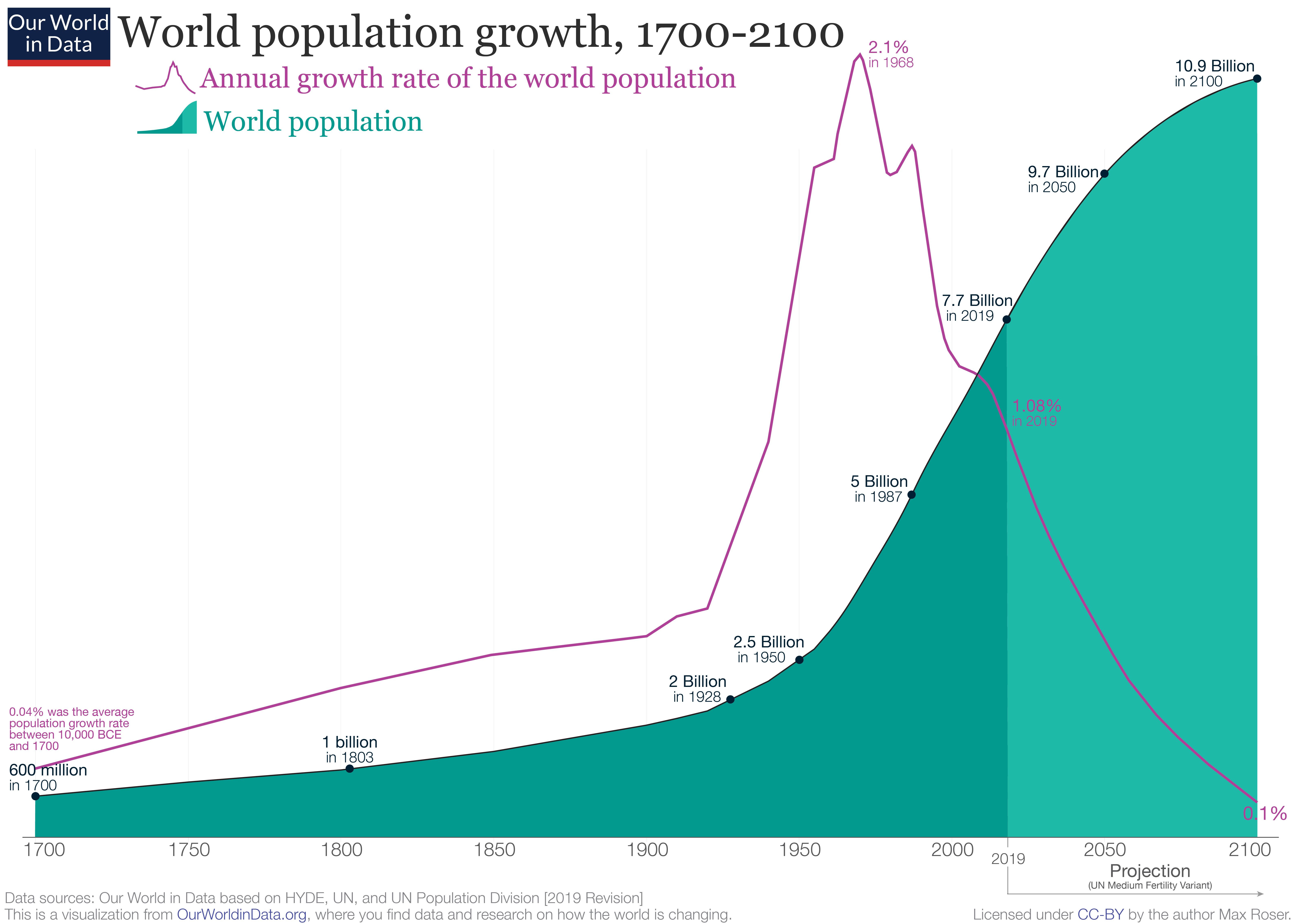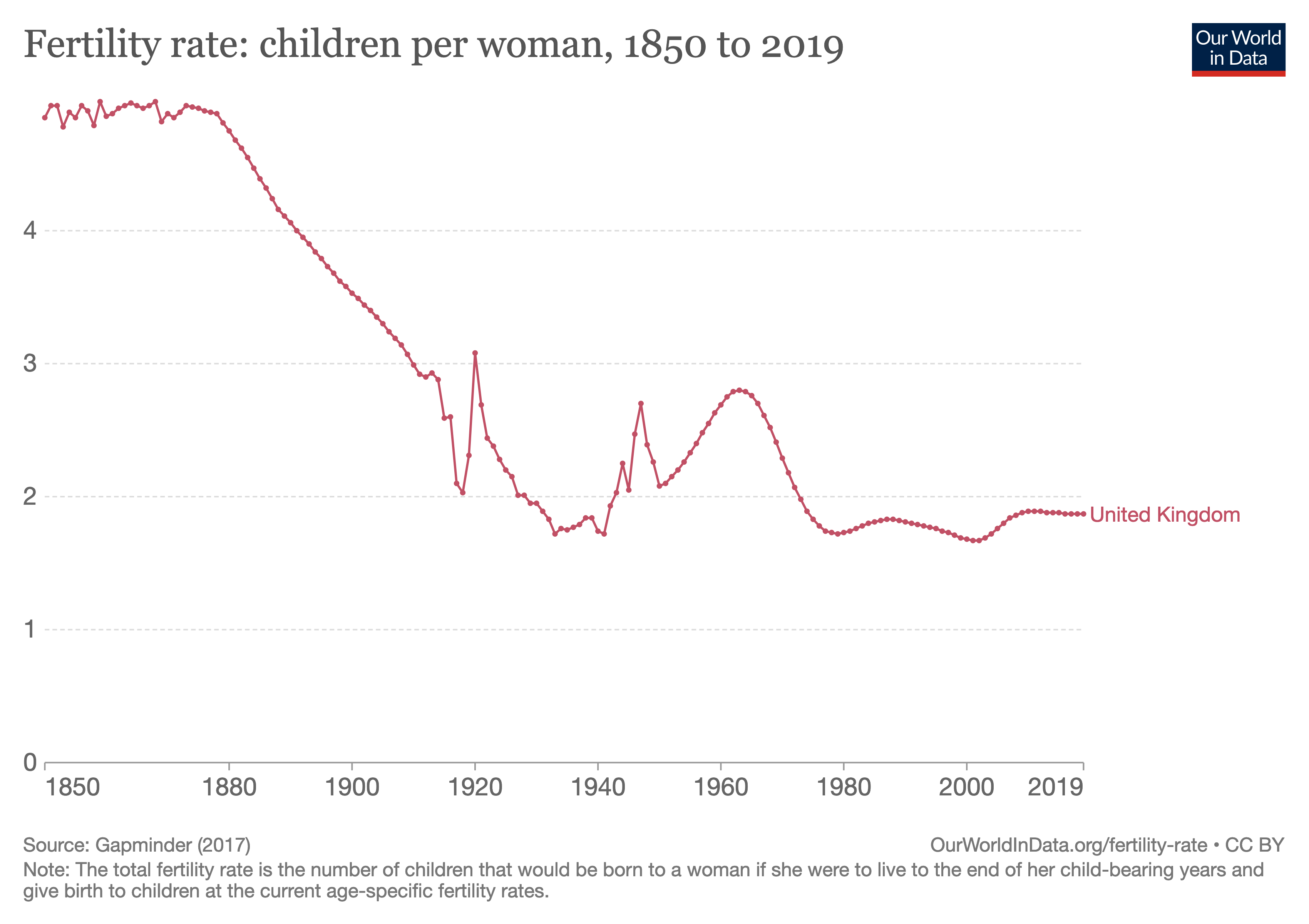Alone on the Playground
January 27, 2023
I grew up in what you might call a “streetcar suburb”, though the streetcar was ripped out a long time before I was born. The neighbourhood I grew up in is a bit over 100 years old; grid streets, with brick houses spaced apart by gaps just wide enough to walk between. I walked to school. These kinds of neighbourhoods are fashionable now, and mine has lots of young families these days; when I visit my parents I see kids playing on the sidewalks. But when I was growing up I was lonely on weekends. I had friends at school who lived in newer suburbs. They would tell me stories about their Saturdays, waking up to streets and inter-connected backyards full of other kids their age, going out after breakfast and not coming in until dinner. They had their school friends and their neighbourhood friends. I had school friends and my computer. As I got older, I was able to roam further, and my social life benefited.

I was in high school when the world population hit 7 billion people. At the time I thought that this was certainly too many people, maybe even by a lot. Of course, I didn’t know anything about the carrying capacity of our global agricultural system, even less than I do now. But I had internalized the idea of a sick, overpopulated planet from the culture I existed in. Even today, if you asked around, most people would agree that the world is overpopulated. There are some notable exceptions, and on this issue I have to say I now side more with Elon Musk. Overpopulation does not worry me too much anymore. That’s because, while there are more humans on earth than ever, the problem that developed nations face in 2022 is the opposite of population growth. The “replacement rate” of fertility – the number of children each woman needs to have in order to maintain a stable population is a little over two children per woman. A child to replace each of the humans involved in reproduction, then a little more to account for infant mortality; often the number used is 2.1 children per woman. Many parts of the world now have below replacement fertility. For example, Canada, the country I live in, has a fertility rate of 1.43 children per woman as of 2021. South Korea has a fertility rate of 1.09, which means that its population will essentially halve each generation if nothing changes. This rate of decline is called “exponential decay” in mathematics.
The decline of birth rates in wealthy places is a long-standing trend, going back well over 100 years in developed nations. As the world has gotten wealthier, birth rates have dropped in turn. I don’t see any reason to expect that birth rates will go back up to replacement levels any time soon. They may bottom out at some point, but there’s no guarantee of that.

What would it mean to be born into a country with a very low birth rate? Now that I’m old enough to consider the question of whether I would like to have children of my own, I have to consider this also. I know what it’s like to grow up in a place without a lot of other kids around. But for me this condition was temporary, only lasting until I was old enough to roam a bit further than my block. What would it be like to grow up in a country where people under 18 are an afterthought? What are the ways in which society will be inadvertently setup against their happiness and success? Like any minority, the structures of society will only consider them secondarily, at best. What would it be like to come of age in a place where the median age is well over 50 years old, where only 15% of people are under 20 years old?
It’s likely that Canada and the US will be able to stave off population decline for a while longer through immigration. We will be able to see how population decline affects countries like Italy, Japan and Germany before we face it ourselves. But I believe it won’t be too long before every country in the world begins to face below-replacement fertility. The UN projects that this will happen by 2100. I could imagine it happening sooner. I expect that we might see a compounding effect also: fewer children encourage fewer children. Nobody wants their kids to play on an empty playground.
